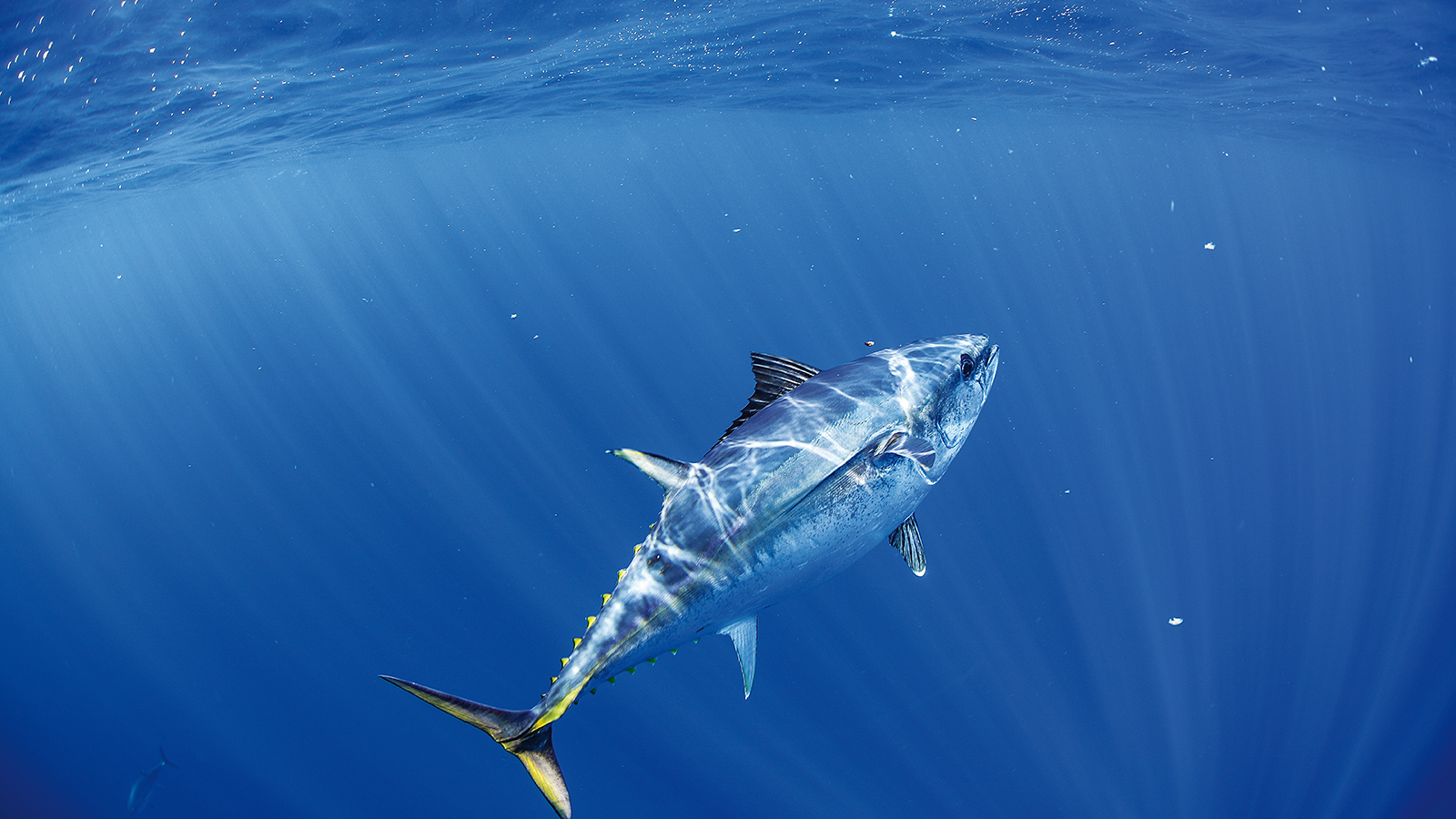In Western Australia, the positive and negative effects of SGD in marine benthic communities remains unknown. In Marmion Lagoon, SGD is known to supply up to 50% of the nutrients required for the macrophyte growth rates observed (Johannes and Hearn 1985). Freshwater input has been observed to positively impact seagrass germination (Xu et al., 2016), and although no similar studies exist for temperate seagrass species in the southern hemisphere, SGD may have a role in the creation, maintenance and augmentation of seagrass beds.
The direct influence of SGD on puerulus settlement rates is unknown but freshwater discharge has been shown to be positively correlated with crab larval abundance (Boylan and Wenner, 1993). An ongoing FRDC project (2016-260: Assess causes and implications of anomalous low lobster catch rates) has demonstrated post-puerulus western rock lobster exhibit a strong choice for the chemical signature of seagrass (Brooker et al. in prep). These findings suggest that SGD may affect puerulus settlement rates either directly through chemotaxis or indirectly by impacting the density of seagrass meadows. Hence, there is a need to investigate both the role of SGD and the presence of seagrass on puerulus settlement rates.
Land derived contaminants potentially impacting puerulus settlement and survival could include heavy metals and endocrine disrupting chemicals, such as flame-retardants or pesticides targeting insects (McKenney, 1999). Adult lobster have been shown to be repelled by the presence of copper (McLeese, 1975) and both flame-retardants (polybrominated diphenyl ethers - PBDEs) (Davies and Zou, 2012) and various insecticides (Ghekiere et al., 2005) have been shown to disrupt moulting in marine crustacea. Alkylphenol pollution was implicated in a major die-off of the American lobster (Homarus americanus) population that occurred in Long Island Sound in 1999, with acute impact on post-puerulus mortality during moulting (Laufer et al., 2013). There is a need to investigate both the occurrence and concentration of likely contaminants at potential source locations within the Western Rock Lobster fishery and assess their impact on post-puerulus survival.
Final report
The influence of Submarine Groundwater Discharge (SGD) on coastal ecosystems of the West Coast Bioregion of Western Australia, and particularly its impact on the Western Rock Lobster (WRL) and the West Coast Rock Lobster Managed Fishery (WCRLMF), is poorly understood. This is despite that the region's unique oceanography and geological history, where the prevailing oceanography suppresses upwelling and there is limited nutrient input from the land, would predict that SGD could have a significant role in the productivity of coastal ecosystems. In addition, this region is reported to be drying and warming under the influence of climate change, and localised decreases in SGD have already been reported. Three linked objectives were originally proposed within this project:
1. Identify areas of significant submarine groundwater discharge (SGD) nearby established western rock lobster settlement monitoring sites.
2. Investigate the direct role of SGD on western rock lobster settlement rates.
3. Investigate the link between SGD and the extent and condition of important lobster habitat (e.g. seagrass).
To address the knowledge gaps surrounding SGD and inform further research, a workshop was convened in December 2020, bringing together experts from various disciplines. The workshop aimed to identify key research priorities and effective methodologies for studying SGD and its potential role in the productivity of coastal ecosystems.
The influence of SGD on coastal ecosystems of the West Coast Bioregion are poorly understood. After the expert workshop, the project identified that the initial objectives proposed were not achievable and used the outputs of that workshop and pilot studies, to evaluate potential field methods, and recommend that future studies should instead focus on detailed characterisation of SGD within locations of interest. The proposed multi-sensor sampling approach and survey design provided here, would provide a robust basis for any future investigation of the role of SGD on WRL ecology and any implications for the WCRLMF.








